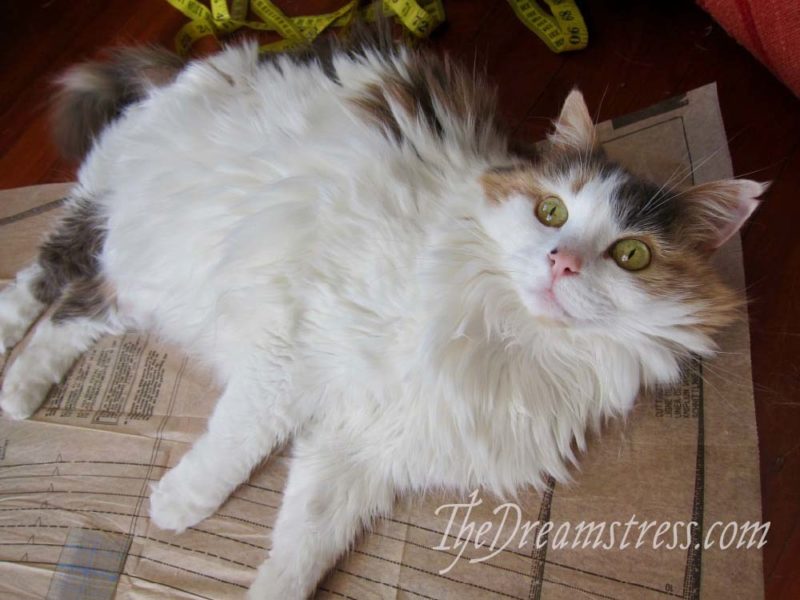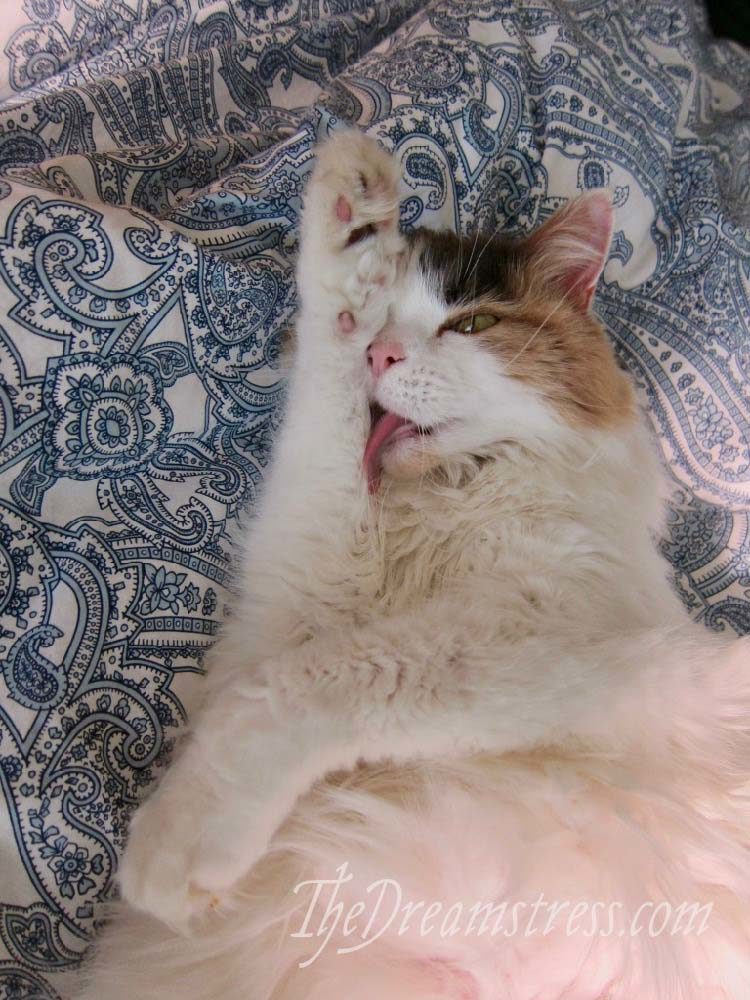I know I just did a 1920s dress for Rate the Dress the week before last, but this week’s 1920s day dress, in printed silk, is so different from the gold and orange evening number, that I don’t think it’s too much of a repeat
Last week: a ca 1870 dress in deep raspberry pink, with two types of fringing
I feel like last week’s Rate the Dress was an apple. All December I fed you a diet of decadent treats: chocolate, and puddings, and cakes, and sugarplums. And then the first week in Jan comes, and I hand you a piece of fruit, and no-one is interested! Those who did rate liked the dress well enough, but it certainly didn’t set any records.
The Total: 8.1 out of 10
However, if I could find a way to factor how many comments and votes a dress got into it’s rating, this would have fared much worse. It did not attract your interest!
This week: a 1920s day dress in printed silk
This mid 20s frock may be a day dress, but it is anything but informal. The style and embellishments would have made it suitable wear for a wedding guest, or at the most formal of garden parties or afternoon dances.
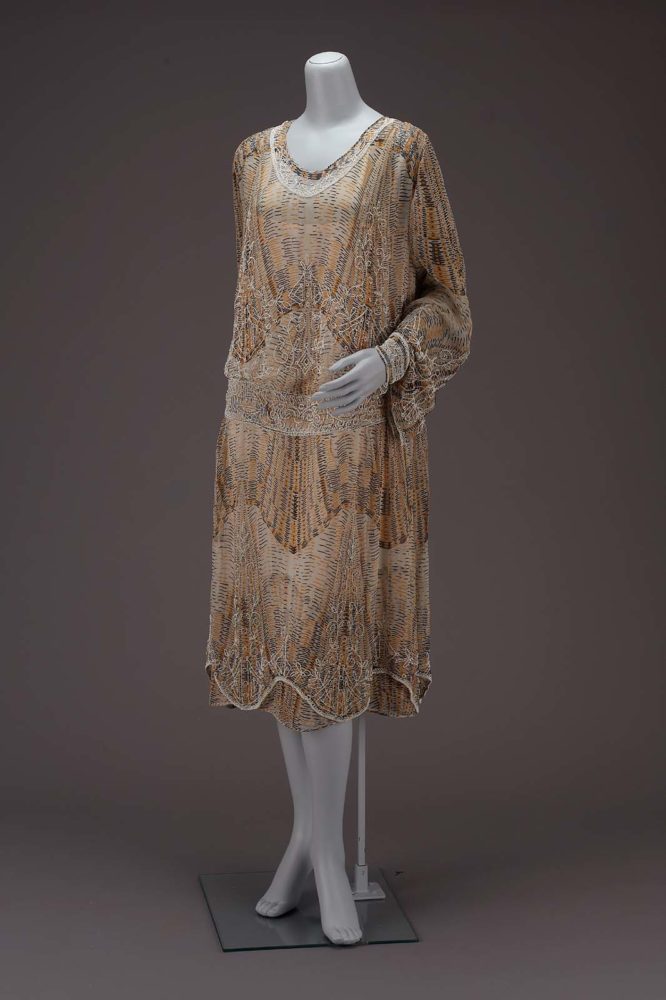
The printed pattern of the silk is embellished with glass beads, which add glitter and movement to the fabric. They are more than just decorative though: the weight of the beads is helping to hold the hem in place, and to keep the waistband sitting properly.
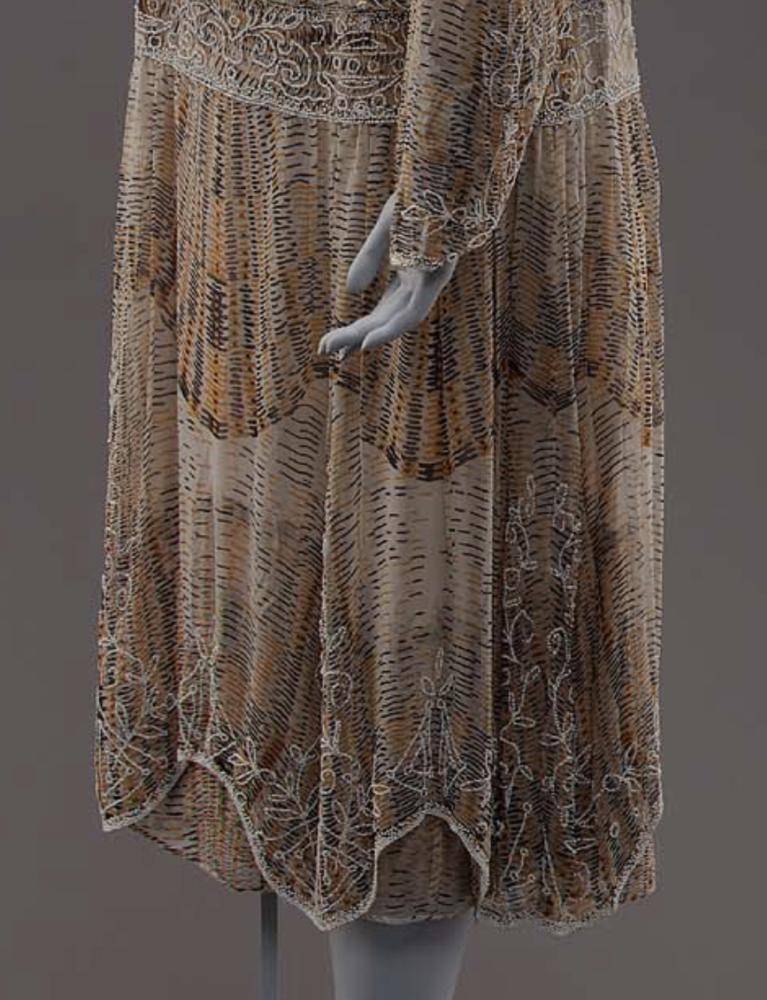
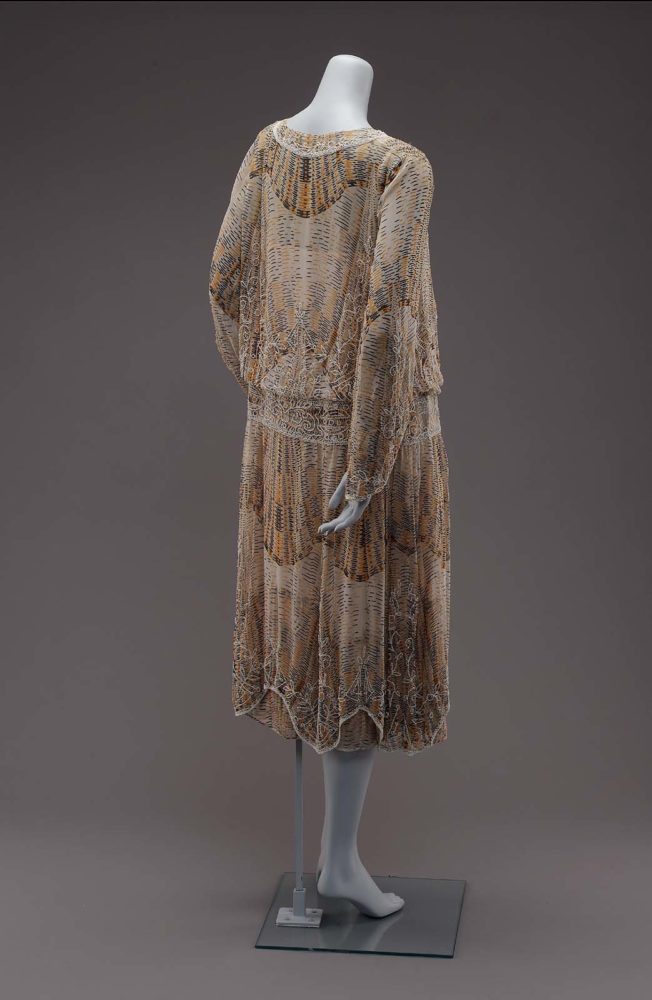
The overall effect is both bold and subtle. It attempts to balance extremely trendy and extreme tasteful.
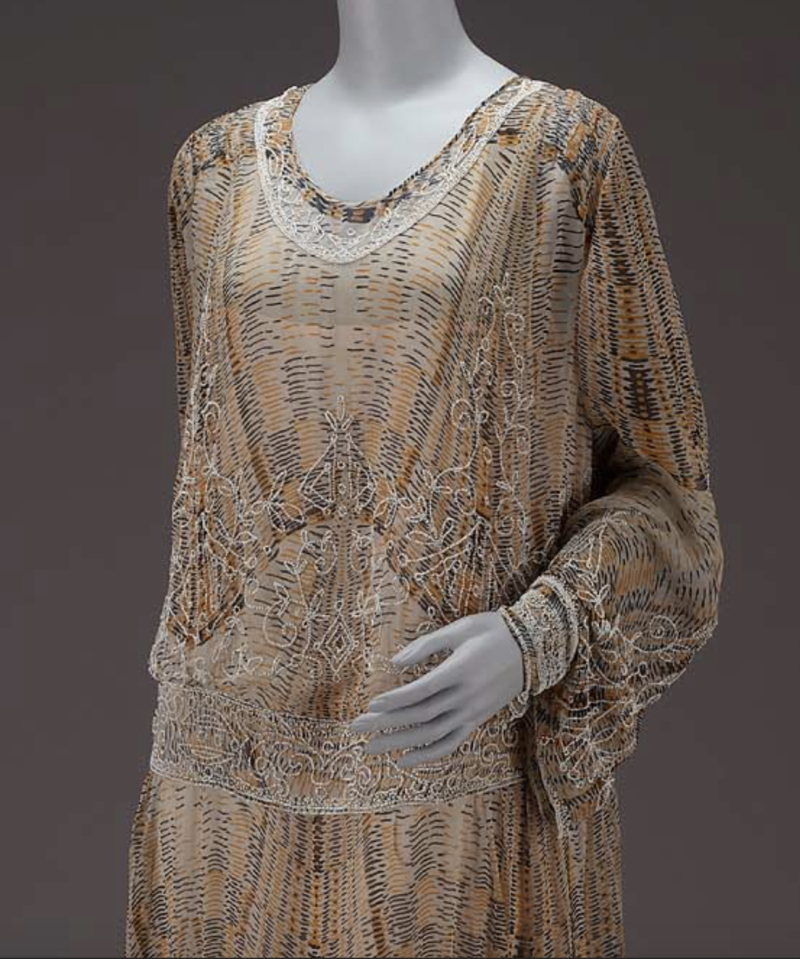
Does it succeed?
Rate the Dress on a Scale of 1 to 10
A reminder about rating — feel free to be critical if you don’t like a thing, but make sure that your comments aren’t actually insulting to those who do like a garment. Our different tastes are what make Rate the Dress so interesting. It’s no fun when a comment implies that anyone who doesn’t agree with it, or who would wear a garment, is totally lacking in taste.
(as usual, nothing more complicated than a .5. I also hugely appreciate it if you only do one rating, and set it on a line at the very end of your comment, so I can find it! And 0 is not on a scale of 1 to 10. Thanks in advance!)


